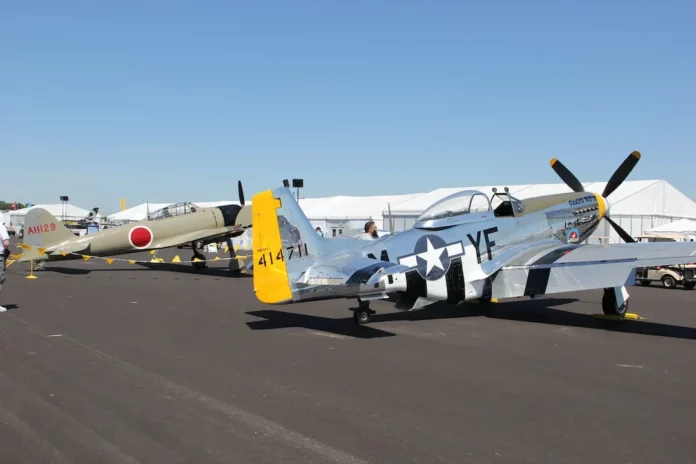Fuel Flow (FF) is a critical parameter in aviation that determines the rate at which fuel is consumed by an aircraft. In the case of the Airbus A330, Fuel Flow refers to the amount of fuel passing through the engines per unit of time. It is an important factor to monitor as it directly impacts the aircraft’s fuel consumption, range, and overall performance.
The Fuel Flow on Airbus A330 is measured in pounds per hour (lb/hr) or kilograms per hour (kg/hr), depending on the unit system used. This measurement provides valuable information for both the pilots and the maintenance crew, enabling them to optimize fuel efficiency, monitor engine health, and ensure safe operations.
How is Fuel Flow Measured on Airbus A330?
To measure Fuel Flow on the Airbus A330, fuel flow meters are installed on each engine. These meters measure the flow rate of fuel passing through the engines and provide real-time data to the flight deck. The information is displayed on the Engine Indicating and Crew Alerting System (EICAS), which allows the pilots to monitor fuel consumption and make appropriate adjustments.
The fuel flow meters work based on the principle of turbine flow measurement. As fuel passes through the meter, it spins a turbine, the speed of which is directly proportional to the fuel flow rate. This rotational motion is converted into an electrical signal, which is then transmitted to the aircraft’s systems for processing and display.
The fuel flow information provided by the meters is highly accurate and reliable. It allows the pilots to track the fuel consumption of each engine individually, enabling them to identify any discrepancies or abnormalities. This data is crucial for flight planning, fuel calculations, and monitoring engine performance throughout the flight.
Importance of Monitoring Fuel Flow on Airbus A330
Monitoring Fuel Flow is essential for several reasons:
1. Optimizing Fuel Efficiency: By closely monitoring Fuel Flow, pilots can make adjustments to engine settings and optimize fuel efficiency. This includes maintaining the engines at their most efficient operating points, reducing fuel wastage, and maximizing the aircraft’s range.
2. Identifying Engine Issues: Fuel Flow data can help identify potential issues with the engines. Any significant deviation from the expected fuel flow rates may indicate engine malfunctions, such as fuel leaks, faulty fuel controls, or uneven combustion. Detecting these issues early allows for timely maintenance and repairs, ensuring safe and reliable operations.
3. Managing Fuel Loads: Accurate Fuel Flow measurements assist in managing fuel loads and calculating the required amount of fuel for each flight. By knowing the average Fuel Flow rate for a specific mission, pilots can estimate the fuel consumption and plan accordingly to avoid fuel shortages or excessive weight.
4. Compliance with Regulations: Fuel Flow monitoring is a regulatory requirement for aircraft operations. By adhering to the prescribed fuel consumption limits and regularly monitoring fuel flow, operators can ensure compliance with environmental regulations and minimize the impact on the environment.
In conclusion, Fuel Flow plays a crucial role on the Airbus A330, influencing fuel efficiency, engine health, and overall performance. The accurate measurement and monitoring of fuel flow rates enable pilots and maintenance crews to optimize operations, detect anomalies, and ensure the safe and efficient operation of the aircraft. Understanding the importance of Fuel Flow empowers aviation professionals to make informed decisions and effectively manage fuel resources.
For More: What is FCDC on Airbus A330? (Flight Control Data Concentrator)




